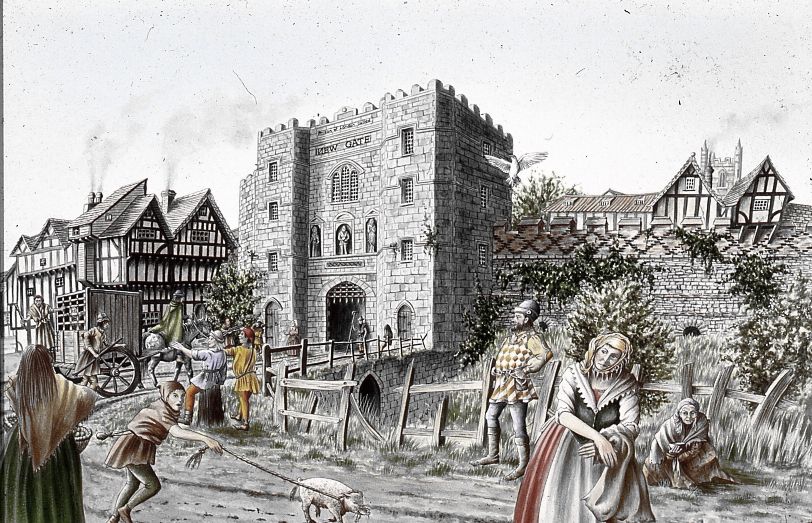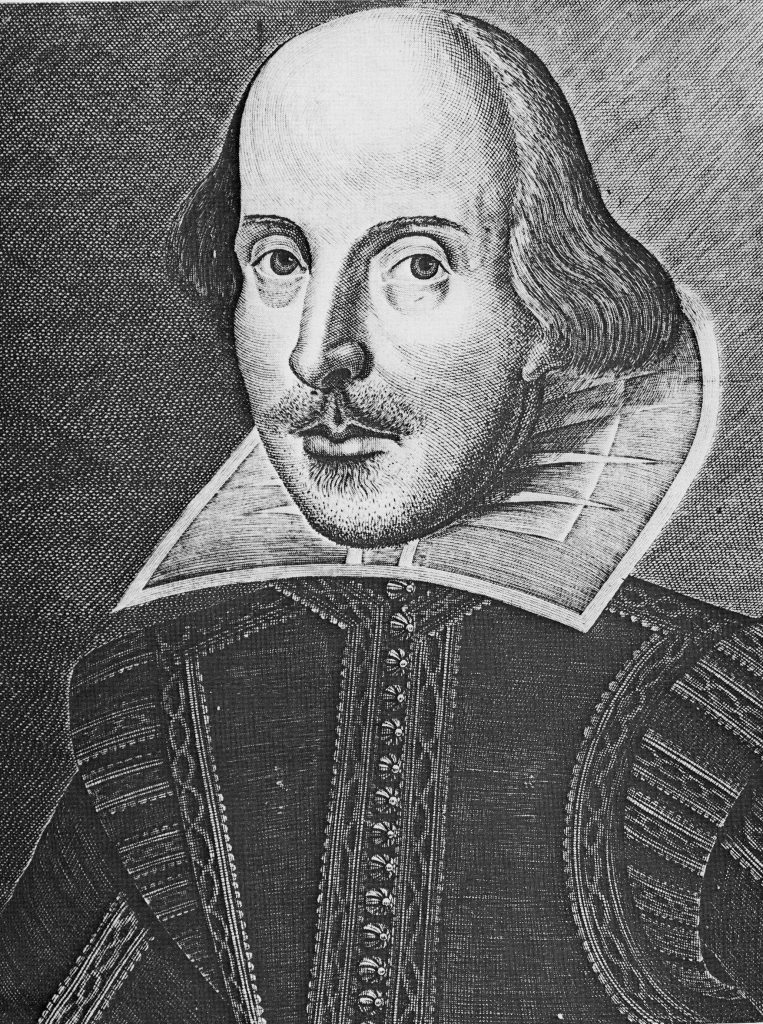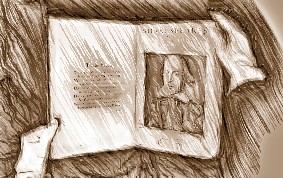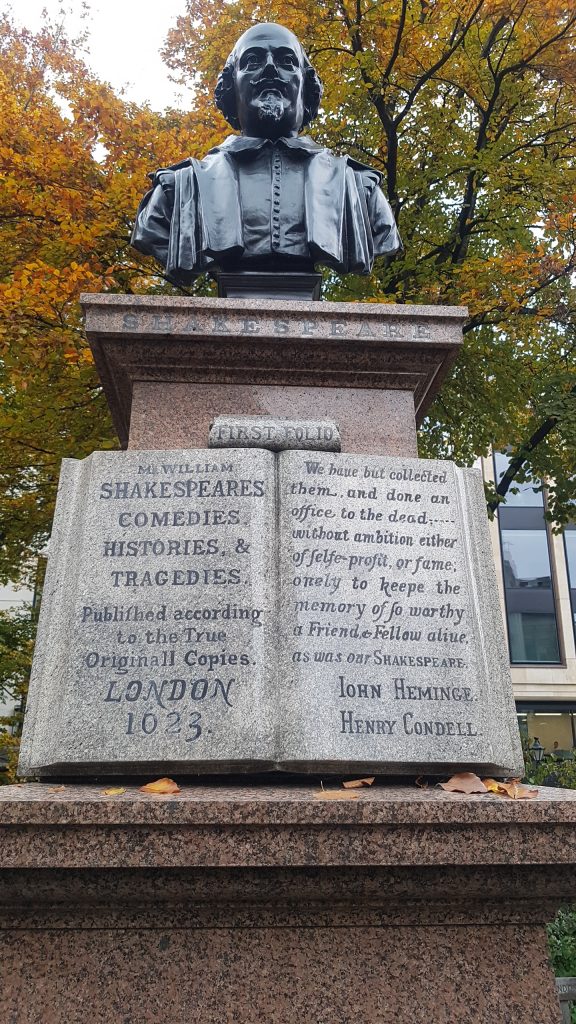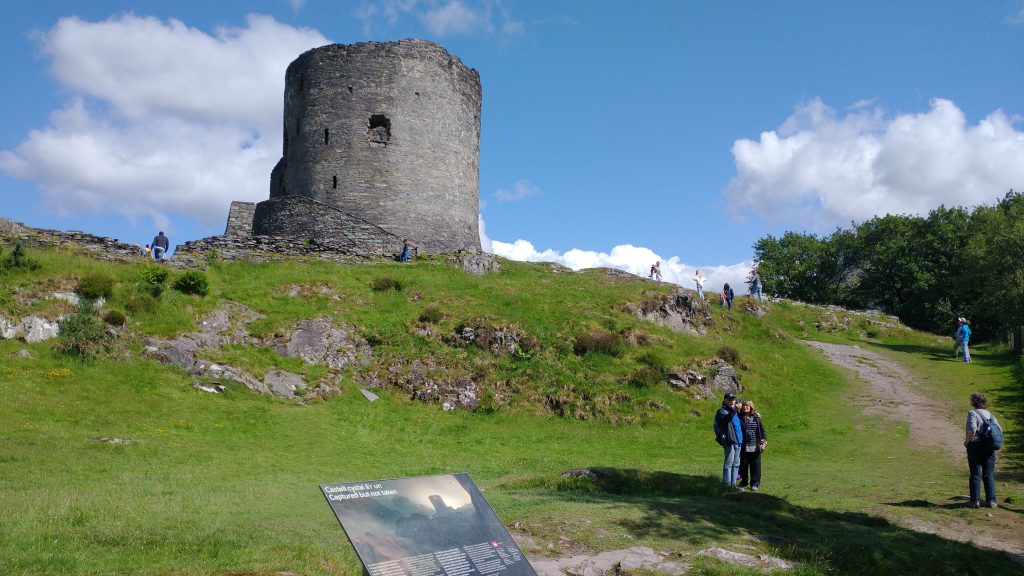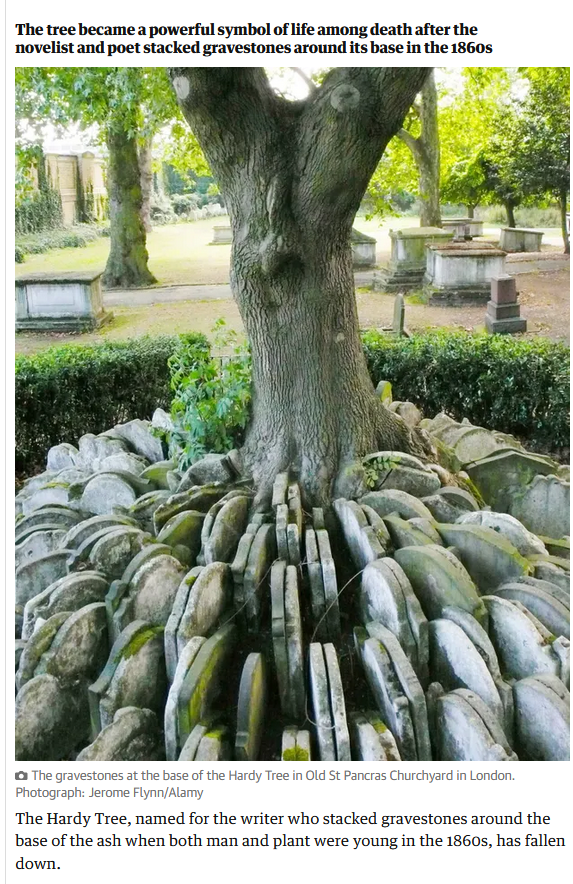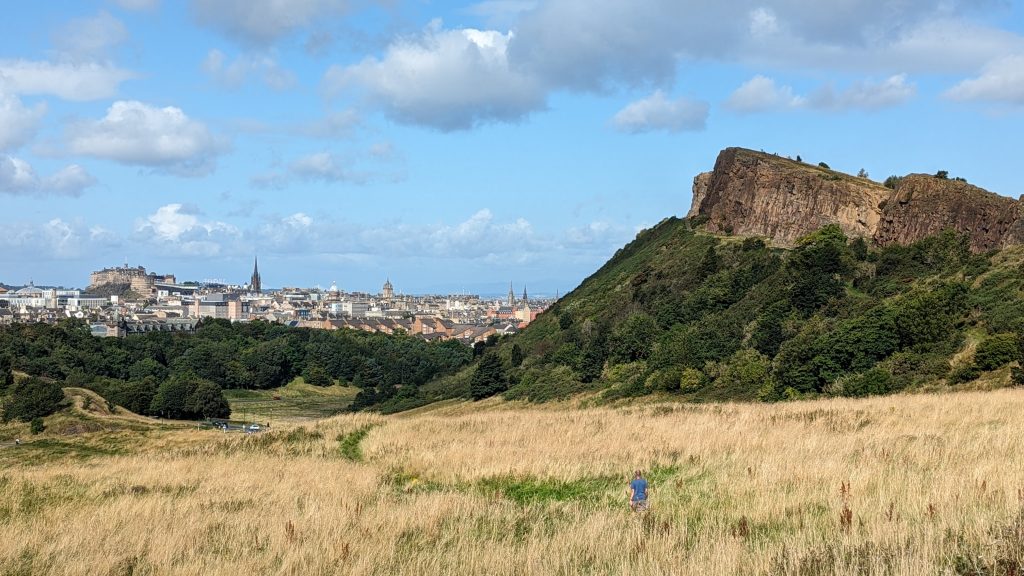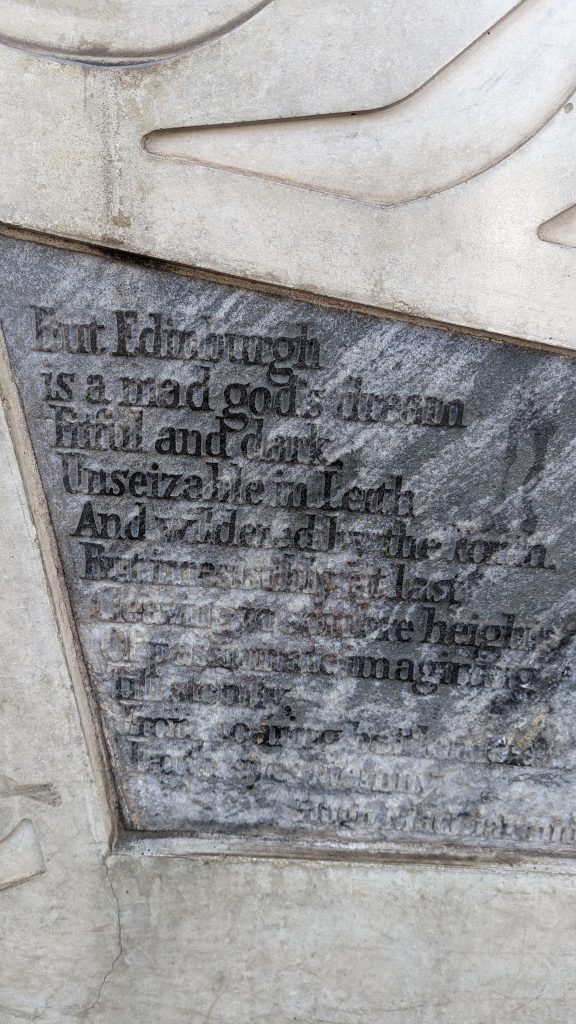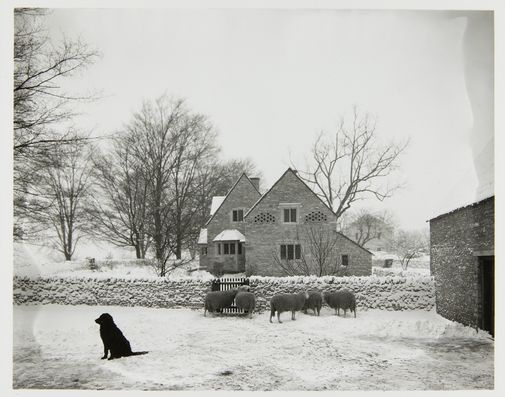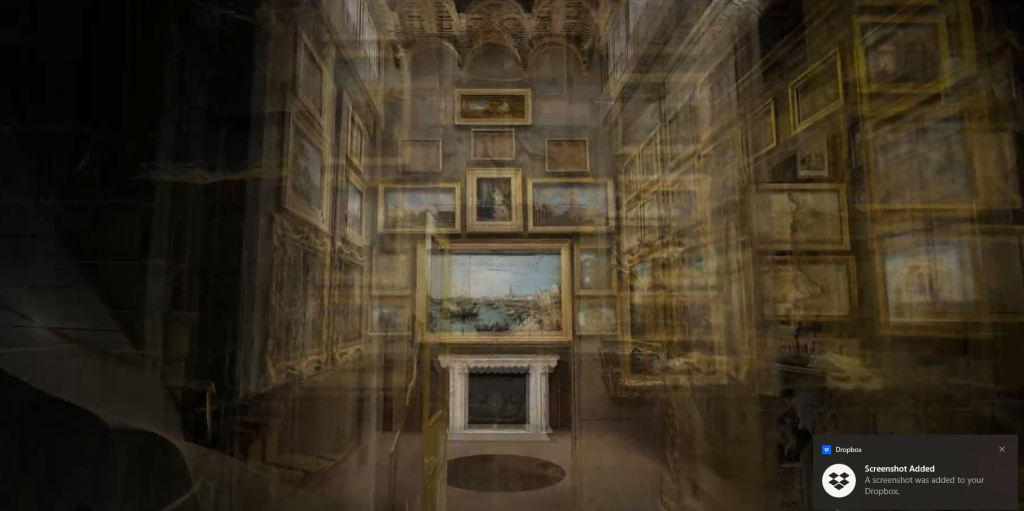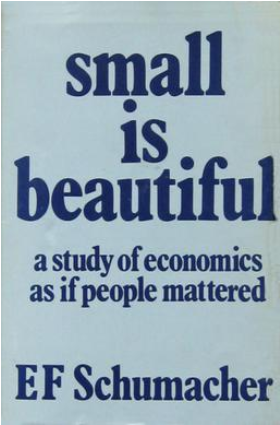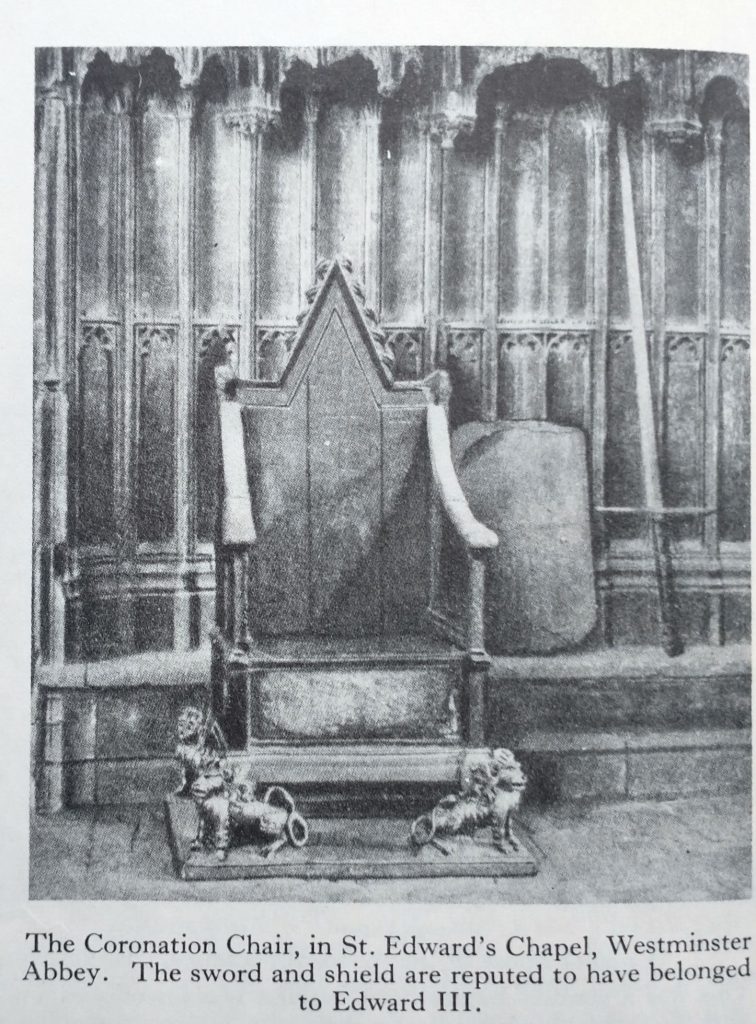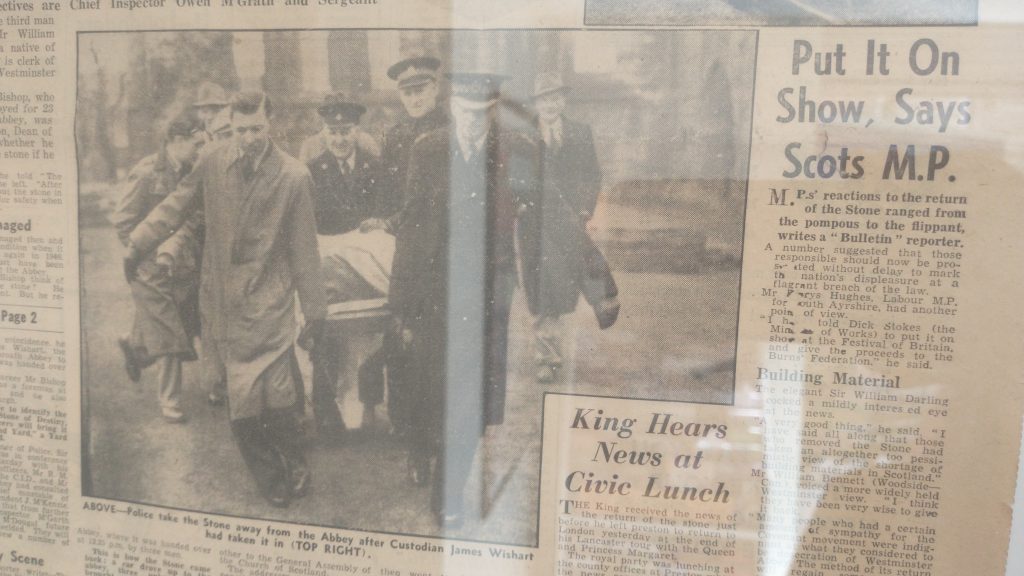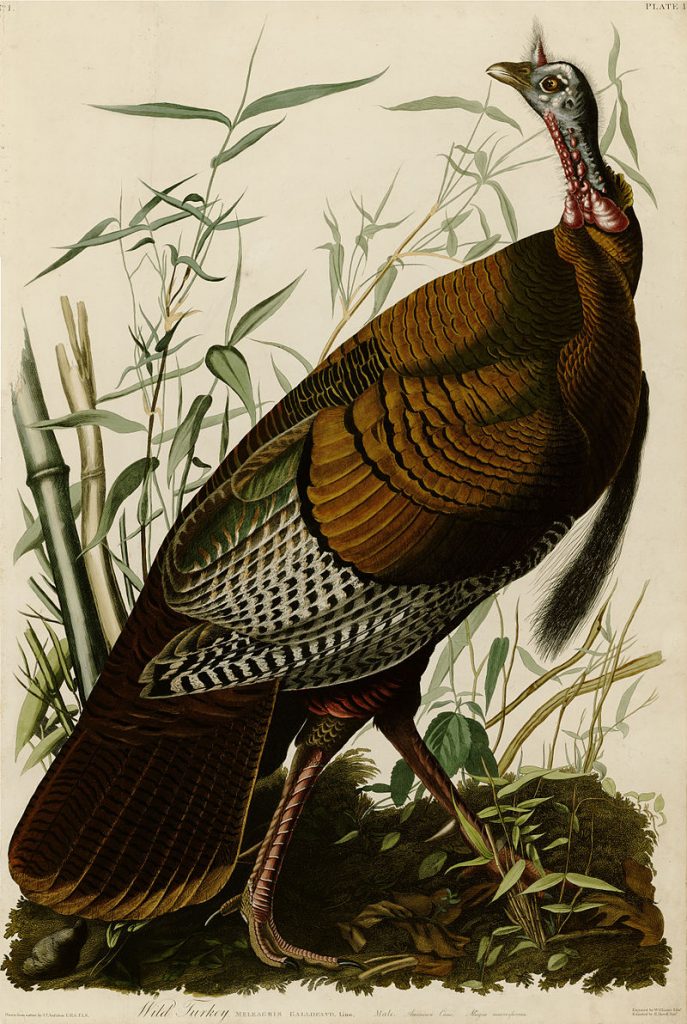
Thanksgiving is a festival given over to celebrating God’s Bounty. There are unanswerable debates about which was the ‘First’ Thanksgiving but the date of the 4th Thursday in November was set by Abraham Lincoln. It is basically a harvest festival, but was adopted by Lincoln as one method to unite a divided nation during the Civil War.
Thanksgiving today is mostly roast turkey with stuffing, cranberry sauce, mashed potatoes and pumpkin pie, with many other variants and additions such as a first course of soup, and vegetables like brussel sprouts and broccoli. Very like an English Christmas dinner, but replacing the Christmas Pudding with pumpkin pie.
As to what the first Pilgrims would have eaten is not known, but their chronicler Edward Winslow noted:
“Our harvest being gotten in, our governor sent four men on fowling, that so we might after a special manner rejoice together, after we had gathered the fruits of our labours; they four in one day killed as much fowl, as with a little help beside, served the Company almost a week.”
https://www.history.com/topics/thanksgiving/first-thanksgiving-meal
So the birds shot by 4 marksmen would have been wild turkey but also other birds such as ducks, geese, and swans. Seafood; Mussels, lobster, and eel were also available.
As to ‘gathering the fruits of our labors’. This might have included onions, beans, lettuce, spinach, cabbage, carrots, and peas. Stuffing might be seasoned with sage, thyme, parsley, marjoram, fennel, anise or dill, The Pilgrims had plenty of Corn from their first harvest which would have been turned into cornmeal, and eaten as a mush if savoury or sweetened with molasses as a porridge, or made into cornbread, or for stuffing.
Indigenous Wampanoag Americans might have been present, but only to investigate the shooting of canons in celebration by the Pilgrims. Relationships were tense between the natives and the immigrants. Some Indigenous Americans consider it a day of mourning; others use it as a day of gathering for the family, but generally, consider images of the Pilgrims and Indigenous Americans sitting down peacefully celebrating together to be ‘a lie’. (Native Americans and the First Thanksgiving.)
First Published on 24th November 2022, Republished on 23rd November 2023
